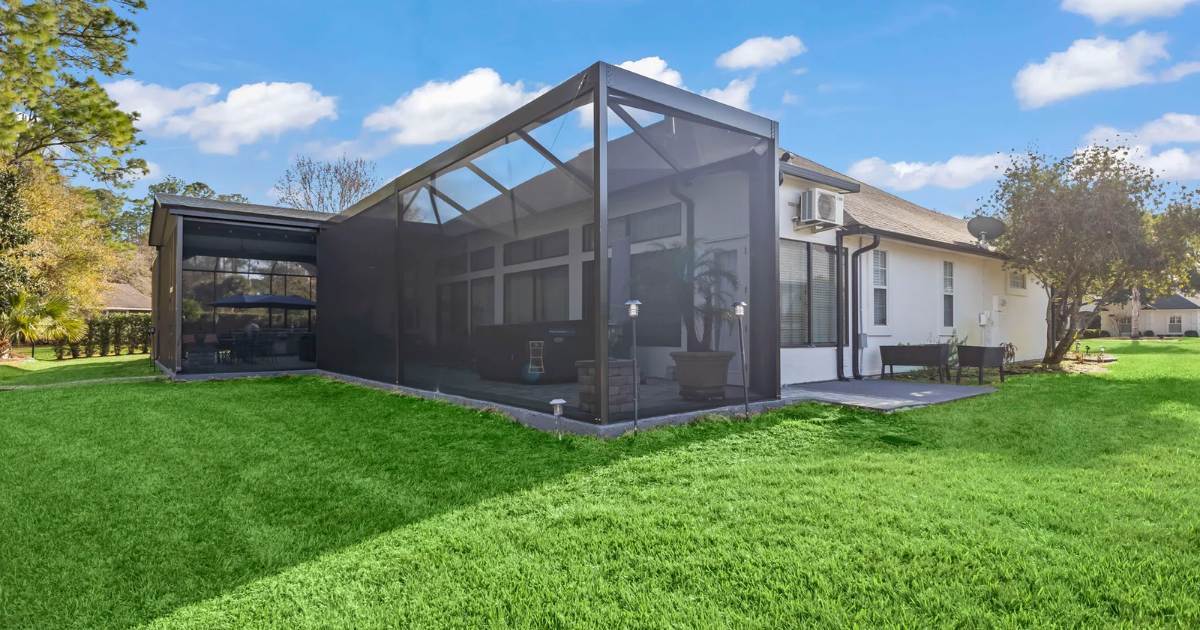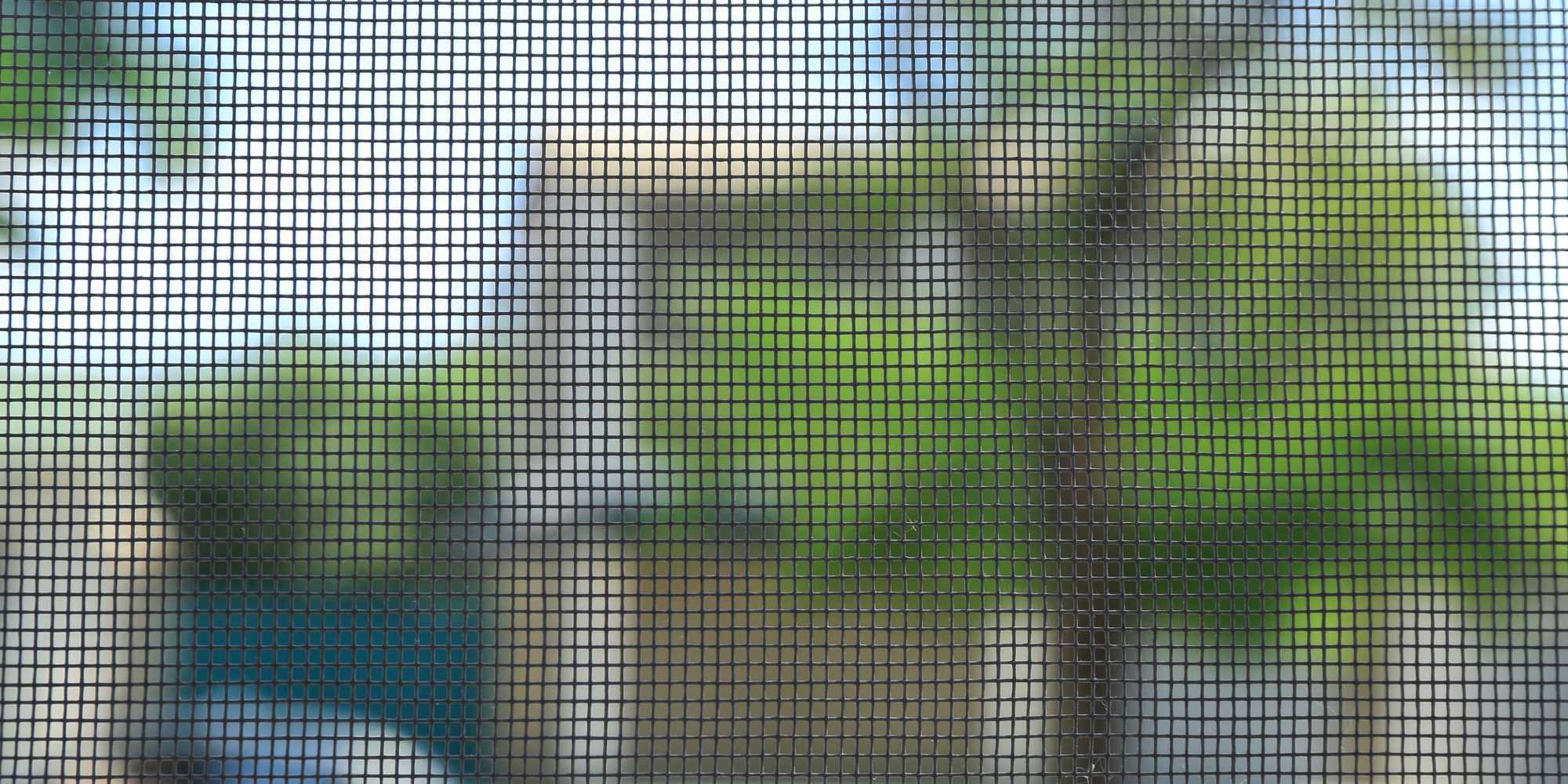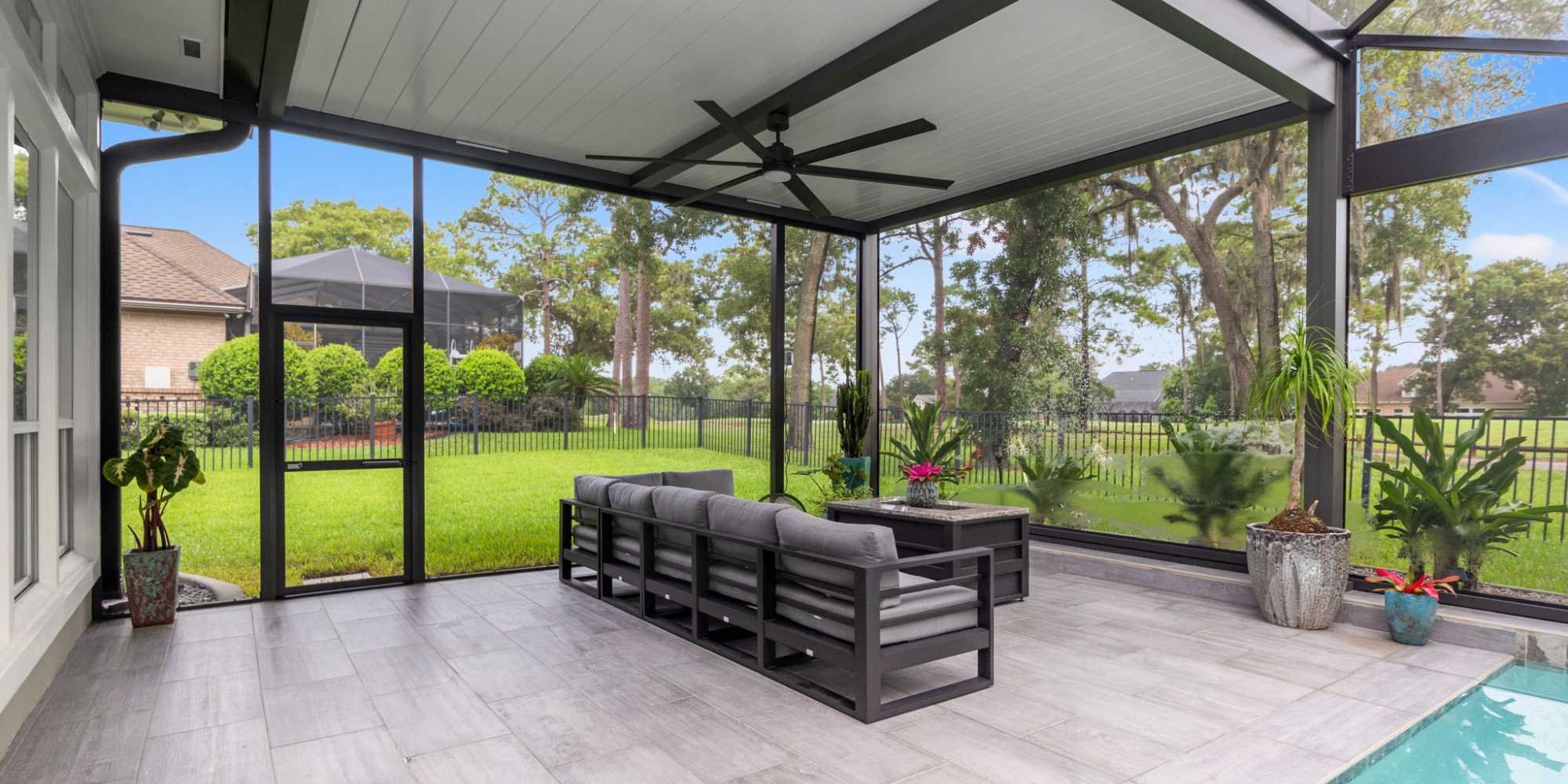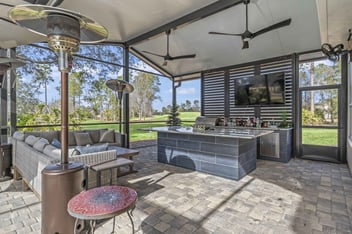4 Min Read
Leaking Screen Room? Here’s What Causes It and How the Pros Solve It

A leaky screen room can feel like a minor inconvenience until it turns into water damage, mold, or structural repairs. If your patio enclosure is leaking, this guide is here to help.
In this guide, you’ll learn the top causes of screen room leaks, how the pros diagnose and fix them, and when it’s time to repair or replace your enclosure. We’ll also share tips to prevent future leaks and protect your Florida patio.
What we'll talk about in this blog:
Why Is My Screen Porch Leaking?
How Do Professionals Fix a Leaking Screen Room?
Is It Better to Repair or Replace a Leaking Enclosure?
How to Prevent Future Leaks in Your Screen Room
Invest in the Proper Roofing Technique Now. Prevent Costly Repairs Later.
When to Call in the Pros
The Hidden Costs of Letting Leaks Linger
Why Is My Screen Porch Leaking?
It can definitely ruin a relaxing day when you're sitting in your screen room when water is creeping in where it doesn’t belong. If your screen room is leaking while it's raining, it could be caused by one or more of the following culprits:
-
Worn or improperly sealed roof panels (a common issue with aging patio covers or older roof designs)
-
Gaps or cracks around the perimeter flashing, where your enclosure connects to the house
-
Poor drainage or sloped patio foundations that allow water to collect and pool near the enclosure base
-
Deteriorated sealant or caulk that no longer holds up to Florida humidity
-
Roof overhangs that are too short, allowing wind-blown rain to sneak in
If you’ve ever asked yourself, “Why is my patio leaking?” or “What causes screen rooms to leak?” now you know. The key is identifying where that water is entering, and taking action before it leads to more significant screen enclosure water damage or structural issues.
How Do Professionals Fix a Leaking Screen Room?
DIY sealant might hold you over for a rainy week, but if you want a long-term solution, it’s time to bring in the pros.
Fixing a leaking screen room starts with a full inspection. Experienced screen enclosure repair companies in Florida check for structural damage, failed seals, drainage issues, and roof problems.
Here’s how professionals typically fix a leak:
-
Replace damaged or leaking roof panels (common for patio roof repair or sunroom roof repair)
-
Reroute or improve drainage to move water away from your enclosure
-
Reseal seams, flashing, and joints with high-quality caulks and sealants
-
Upgrade perimeter flashing or roof overhangs to minimize wind-driven rain
-
Re-slope the foundation or install a barrier if the enclosure is sitting too low
Some projects may call for a patio roof replacement if the structure is too damaged. A solid repair now can prevent future headaches and keep your outdoor space dry for the long haul.

Is It Better to Repair or Replace a Leaking Enclosure?
If your screen room has minor water intrusion or the source of the leak is isolated, a targeted repair is usually all that’s needed. Resealing joints, reinforcing roof panels, or adding new flashing can go a long way.
But if your structure is older, has widespread corrosion, or has already sustained water damage, a full replacement of your screen enclosure might be the smarter investment.
Here’s a quick breakdown:
-
Repair your screen enclosure if:
-
You only have one or two leak points
-
The roof is in good condition
-
Your framing is structurally sound
-
You want to preserve your existing aesthetic
-
-
Replace the enclosure if:
-
The leaks are chronic or coming from multiple sources
-
There’s visible wood rot, rust, or structural failure
-
You’ve outgrown your current design and want a more modern, storm-rated enclosure
-
Still unsure? A professional inspection will provide you with the answers and options to move forward.
How to Prevent Future Leaks in Your Screen Room
Once your screen room is repaired (or replaced), the best thing you can do is keep it that way. Florida’s climate is tough on outdoor structures, with constant sun, sudden storms, and high humidity. But there are a few simple ways to stay ahead of water intrusion.
Here’s how to stop your screen room from leaking again:
-
Schedule regular inspections. Catch small issues before they become big repairs, especially after a storm or heavy rain.
-
Keep gutters and downspouts clear. Overflowing water can back up against your enclosure and seep into weak points.
-
Reseal roof seams and flashing periodically. High-quality sealant doesn’t last forever, and reapplying it as needed can prevent leaks.
-
Trim trees and nearby landscaping. Falling branches or dense foliage can damage your roof panels and block proper drainage.
-
Ensure proper drainage around the enclosure. Sloped foundations or pooling water can push moisture into the structure, even from below.
A little proactive maintenance can go a long way in protecting your investment and keeping your screen enclosure dry and ready for use all year round. If you ever notice signs of trouble, Impact Enclosures is just a call away.
Invest in the Proper Roofing Technique Now. Prevent Costly Repairs Later.
There’s a right way to build a screen roof. And then there’s the way that leads to rot, leaks, and costly repairs.
In this video, we walk through the method the team at Impact Enclosures uses to protect your fascia, decking, and trusses from long-term damage. You’ll see exactly how we modify the header, seal the critical joints, and integrate custom flashing into your existing roof structure to keep water out and durability in.
It’s an investment upfront that saves you from constant fixes later.
When to Call in the Pros
Some leaks might seem like a simple DIY fix until you realize they’re symptoms of a bigger problem. In Florida, it doesn’t take much for a small drip to turn into structural damage, water intrusion, or mold.
If you're not totally sure what’s causing the leak, it’s worth calling a professional screen enclosure repair company.
Here’s when to bring in an expert:
-
You see water pooling inside the enclosure during rain
-
Panels or framing look warped, cracked, or misaligned
-
You’ve already tried sealing leaks, but they keep coming back
-
There’s visible damage after a storm
-
You’re noticing signs of mold, rot, or soft spots

The Hidden Costs of Letting Leaks Linger
It might be tempting to ignore that small drip or patch it up with a quick DIY fix. But screen enclosure leaks rarely stay small.
Over time, even minor water intrusion can cause serious problems, not just for your screen room, but for your home and health, too.
Here’s what can happen when leaks go unchecked:
-
Mold and mildew buildup in walls, ceilings, and flooring
-
Wood rot in framing, fascia, or structural beams
-
Corrosion of aluminum framing and fasteners
-
Weakened screen connections or sagging panels
-
Bug infestations drawn to moisture and rotting materials
-
Slippery surfaces or trip hazards from water pooling
Catching issues early means fewer headaches (and less money spent) down the line. If your screen room is leaking during rain, don’t wait for things to get worse.
Don’t Let a Leak Linger
Leaks can sneak up on you, but they don’t have to ruin your screen room. The key is knowing when to patch, when to replace, and when to bring in the pros.
At Impact Enclosures, we’ve helped countless Florida homeowners protect their patios from rain, wind, and humidity. If your screen enclosure is leaking, let’s stop the drip before it turns into a disaster.
Reach out to us for a chat, and we'll help you decide your next steps.




